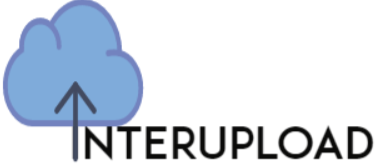If you want to invest in the Dutch stock market, it is crucial to know the different orders that you can place. These orders will determine how your trade is executed and impact the price you pay for your shares.
Market order
A market order is an instruction you give to your broker to buy/sell a security at the current best price. You order your broker to execute the trade at whatever price the security is trading when you place a market order. For example, if you place a market order to buy 100 shares of ABC stock at $10 per share, and the stock is currently trading at $9.50 per share, your broker will buy the shares for you at $9.50 each.
Limit order
A limit order is a command to buy or sell a security at a specific price, better known as the limit price. If you place a limit order to buy 100 shares of ABC stock at $10 per share, your broker will only buy the shares for you if they can do so at $10 or less. Conversely, if you place a limit order to sell 100 shares of ABC stock at $10 per share, your broker will only sell the shares for you if they can do so at $10 or more.
Stop order
These are orders to buy/sell a security when it reaches a specific price, known as the stop price. If you place a stop order to buy 100 shares of ABC stock at $10 per share, your broker will only buy the shares for you once they reach $10. Similarly, if you order to sell 100 shares of ABC stock at $10 per share, your broker will only sell the shares for you once they fall to $10.
Stop-limit order
A stop-limit order is similar to a standard stop order but includes the stop price and the limit price. The stop price is when the order becomes a limit order, and the limit price is the highest (if you’re buying) or lowest (if you’re selling) price that you’re willing to transact.
For example, if you place a stop-limit order to buy 100 shares of ABC stock with a stop price of $10 and a limit price of $11, your broker will only buy the shares for you once they reach $10. However, if the shares continue to rise and reach $11, your broker will only buy the shares for you if they can do so at or below $11.
Trailing stop order
A trailing stop order is similar to a regular stop order, except that the stop price moves as the price of the security moves. For example, if you place a trailing stop order to buy 100 shares of ABC stock with a stop price of $10 and the stock price rises to $12, the stop price will rise to $11.50. However, if the stock price then falls to $11, your broker will only buy the shares for you if they can do so at or below $11.50.
Scale order
A scale order is an order to buy or sell a security at progressively higher or lower prices as the security’s price changes. For example, if you place a scale order to buy 100 shares of ABC stock at $10 per share with a limit of 10 cents per share, your broker will buy the shares for you at $10 each if they can do so, but will only buy additional shares for you in increments of 10 cents as the stock price rises.
Combo order
A combo order is an order to buy or sell a security that combines two orders, usually a limit order and a stop order. For example, if you place a combo order to buy 100 shares of ABC stock with a stop price of $10 and a limit price of $11, your broker will only buy the shares for you once they reach $10.
In conclusion
When investing in stocks, it is imperative that you use the tools at your disposal to safeguard your investment. Using some of the options we mentioned above can help you do that and ensure protection against unnecessary risks.



